SOURCE: RAUNAK KUNDE / NEWS BEAT / IDRW.ORG


The Brazilian Army is aiming to bolster its air defense capabilities with the acquisition of new Medium Altitude/High Altitude Air Defense Artillery Systems. This project is part of the Army’s Strategic Program for Air Defense.
In April 2024, General Tomás Miguel Paiva, the Army Commander, expressed concerns before the Committee on Foreign Relations and National Defense (CREDN) of the Chamber of Deputies. He highlighted the lack of sophisticated medium and high-altitude air defense systems in Brazil. While acknowledging “relative protection” up to 3,000 meters, he emphasized the need for advanced technologies to safeguard the nation’s airspace.
Continue readingSOURCE: RAUNAK KUNDE / NEWS BEAT / IDRW.ORG
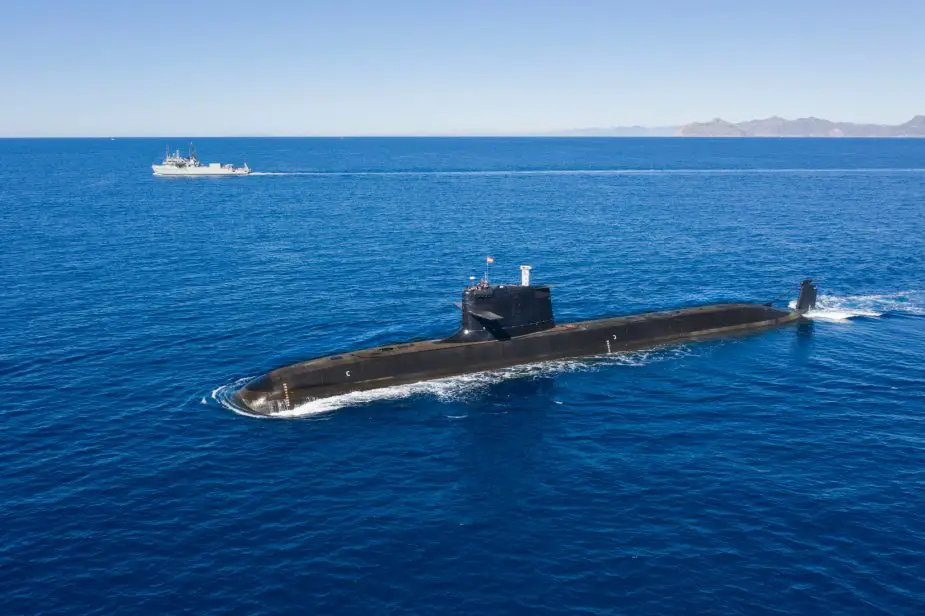

The Indian Navy recently completed its evaluation of Navantia’s S80 submarine, a contender for Project 75I, a program to acquire six next-generation submarines. The evaluation took place at a shipyard in Cartagena, Spain, last week.
A key highlight was Navantia’s showcase of their Bioethanol Stealth Technology (BEST) Air-Independent Propulsion (AIP) system. This land-based demonstration offered a glimpse into their 3rd generation AIP technology, which the company claims surpasses the fuel-cell based AIP offered by its competitor, ThyssenKrupp Marine Systems (TKMS) of Germany.
Continue readingSOURCE: RAUNAK KUNDE / NEWS BEAT / IDRW.ORG
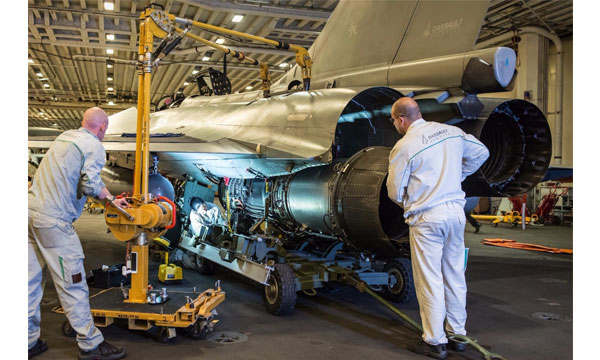

French aircraft manufacturer Dassault Aviation SA is making a strategic move in the Indian market. The company is reportedly acquiring land near Jewar International Airport for a dedicated Maintenance, Repair, and Overhaul (MRO) facility to service India’s Mirage 2000 and Rafale fighter jets.
This development comes alongside Safran SA, the engine manufacturer for Rafale, establishing a similar MRO facility specifically for Rafale engines at their existing LEAP engine facility in Hyderabad. This facility, expected to be operational by 2025, caters to civilian aircraft but could potentially handle Rafale engine needs if the numbers justify it.
Continue readingSOURCE: RAUNAK KUNDE / NEWS BEAT / IDRW.ORG
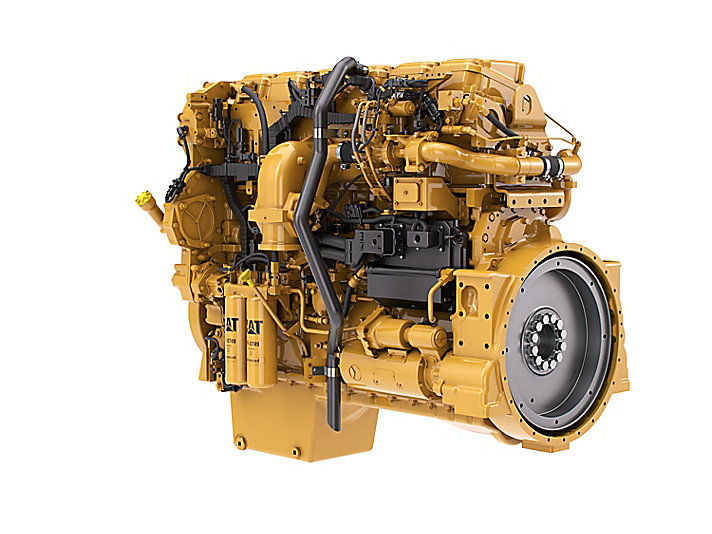

The joint development and production of the latest Stryker armoured infantry combat vehicles between India and the US face a hurdle: engine incompatibility. While both nations expressed interest in the project, India’s demanding terrain necessitates a more powerful engine than the current offering.
The Indian Army requires an engine capable of handling the harsh conditions of its borders, particularly the high altitudes of Ladakh and Sikkim. Caterpillar’s C7 engine, used in current Stryker models, falls short with its 300 horsepower output.
Continue readingSOURCE: RAUNAK KUNDE / NEWS BEAT / IDRW.ORG


Oliver Burkhard, CEO of ThyssenKrupp Marine Systems (TKMS), has proposed an intriguing prospect for India’s shipbuilding industry. If TKMS is chosen for the Indian Navy’s Project-75I tender, Burkhard envisions India becoming a hub for TKMS submarines in the Asia-Pacific region.
TKMS has joined forces with Mazagon Dock Shipbuilders Ltd (MDL) to submit a bid for Project-75I. This collaborative effort focuses on building six advanced submarines for the Indian Navy, with an estimated cost exceeding Rs 45,000 crore.
Continue readingSOURCE: RAUNAK KUNDE / NEWS BEAT / IDRW.ORG
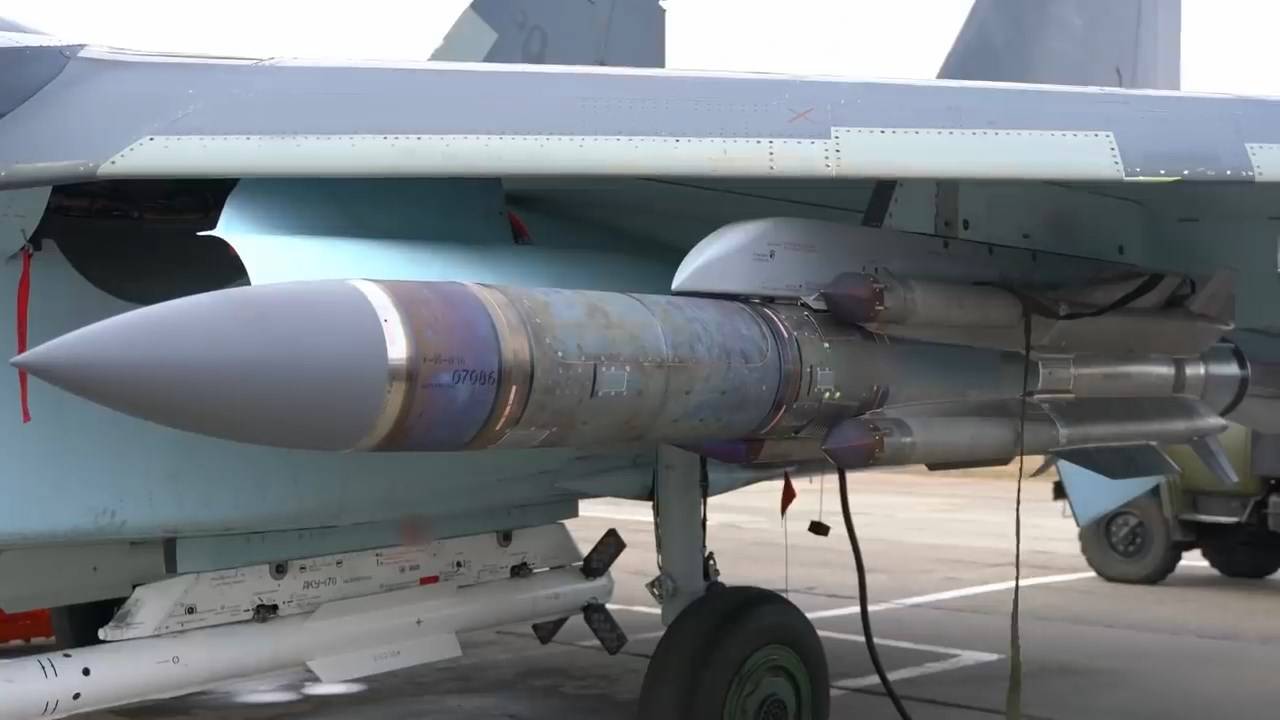

The Indian Air Force, operating under the Ministry of Defence, has issued a call for Expressions of Interest (EoI) from Indian firms for the repair, refurbishment, and life extension checks of X-31P air-launched missiles. This initiative falls under the category of ‘Missiles with Original Equipment Manufacturer (OEM) Support’ and aims to involve Indian firms through joint ventures (JV) or memoranda of understanding (MoU) with the OEM of the missile. The following paragraphs detail the proposal and its scope.
The primary objective of this initiative is the comprehensive repair, refurbishment, and life extension of life-expired X-31P missiles currently held in various categories. The life extension process will encompass all aspects assigned by the OEM, including but not limited to.
Continue readingSOURCE: RAUNAK KUNDE / NEWS BEAT / IDRW.ORG
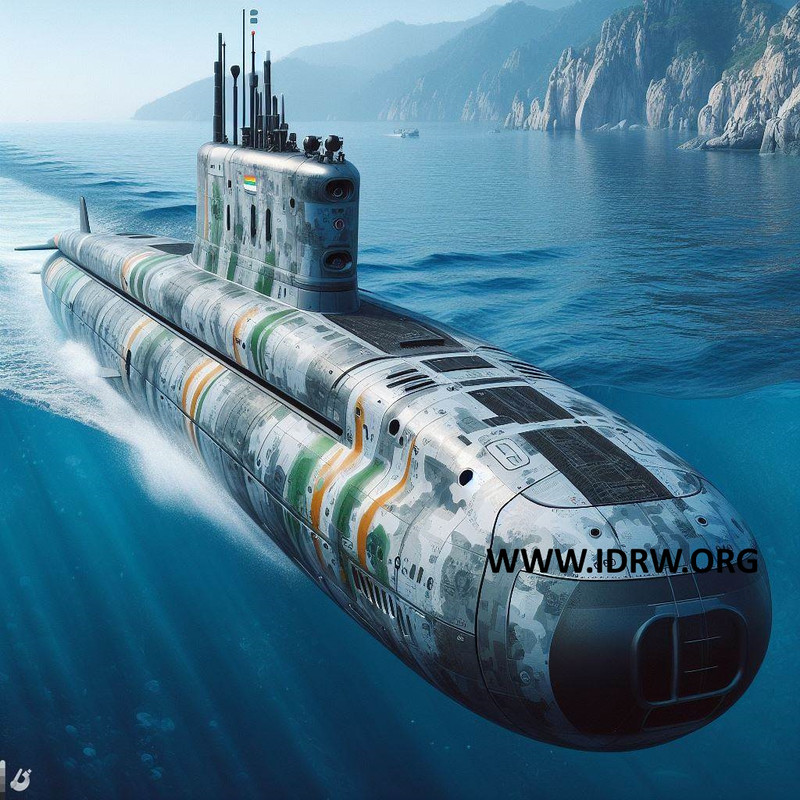

The Defence Research and Development Organisation (DRDO) is setting its sights on self-reliance in underwater warfare with Project-76, an ambitious initiative to design and develop a new generation of indigenous conventional submarines for the Indian Navy.
Project-76 will be a collaborative effort between DRDO and the Warship Design Bureau (WDB) of the Indian Navy. The WDB’s expertise in naval design will be crucial in shaping the submarine’s form and function.
Continue readingSOURCE: RAUNAK KUNDE / NEWS BEAT / IDRW.ORG
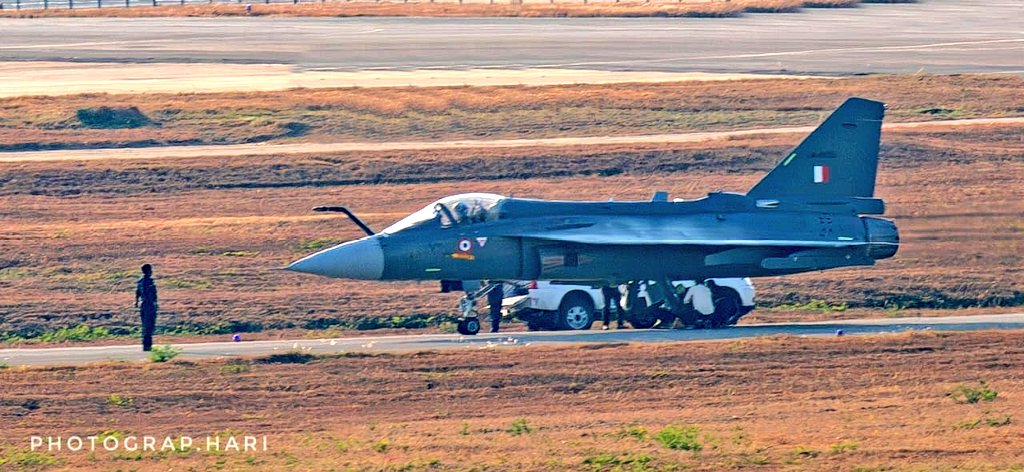

The Indian aviation industry witnessed a significant milestone on March 28th, 2024, with the successful maiden flight of the first Tejas Mk1A fighter jet. This marks a crucial step towards bolstering the Indian Air Force’s (IAF) capabilities.
Following its successful maiden flight, the Tejas Mk1A had to undergo a series of mandatory trials. These tests were crucial in ensuring the aircraft meets all operational requirements and performs flawlessly under various conditions and also validates many of the newer technologies in the jet.
Continue readingSOURCE: RAUNAK KUNDE / NEWS BEAT / IDRW.ORG

Former IAF Marshal Anil Chopra’s suggestion of revisiting the Sukhoi/HAL Fifth Generation Fighter Aircraft (FGFA) has sparked debate. However, sources close to idrw report no reconsideration of the FGFA program for procurement.
Experts maintain India’s decision to exit the FGFA, based on the Russian Su-57, was justified due to technical shortcomings. The FGFA reportedly failed to meet several key requirements, leading to deficiencies unexpected in a 5th generation fighter.
Continue readingSOURCE: RAUNAK KUNDE / NEWS BEAT / IDRW.ORG


Dassault Aviation, the French company behind the Rafale fighter jet, maybe throwing a wrench into India’s ambitious plans for its upcoming Multi-Role Fighter Aircraft (MRFA) procurement. This comes even as Dassault enjoys a surge in export orders, with the Rafale backlog exceeding 200 units.
The Indian government has unveiled a new policy for the MRFA program, demanding not just the purchase of aircraft but also the complete production of the chosen jet within India. This signifies a significant shift from past “Make in India” initiatives. Technology transfer and a joint venture with a domestic partner for full-fledged production are now central requirements for any vendor vying for the contract.
Continue readingSOURCE: RAUNAK KUNDE / NEWS BEAT / IDRW.ORG
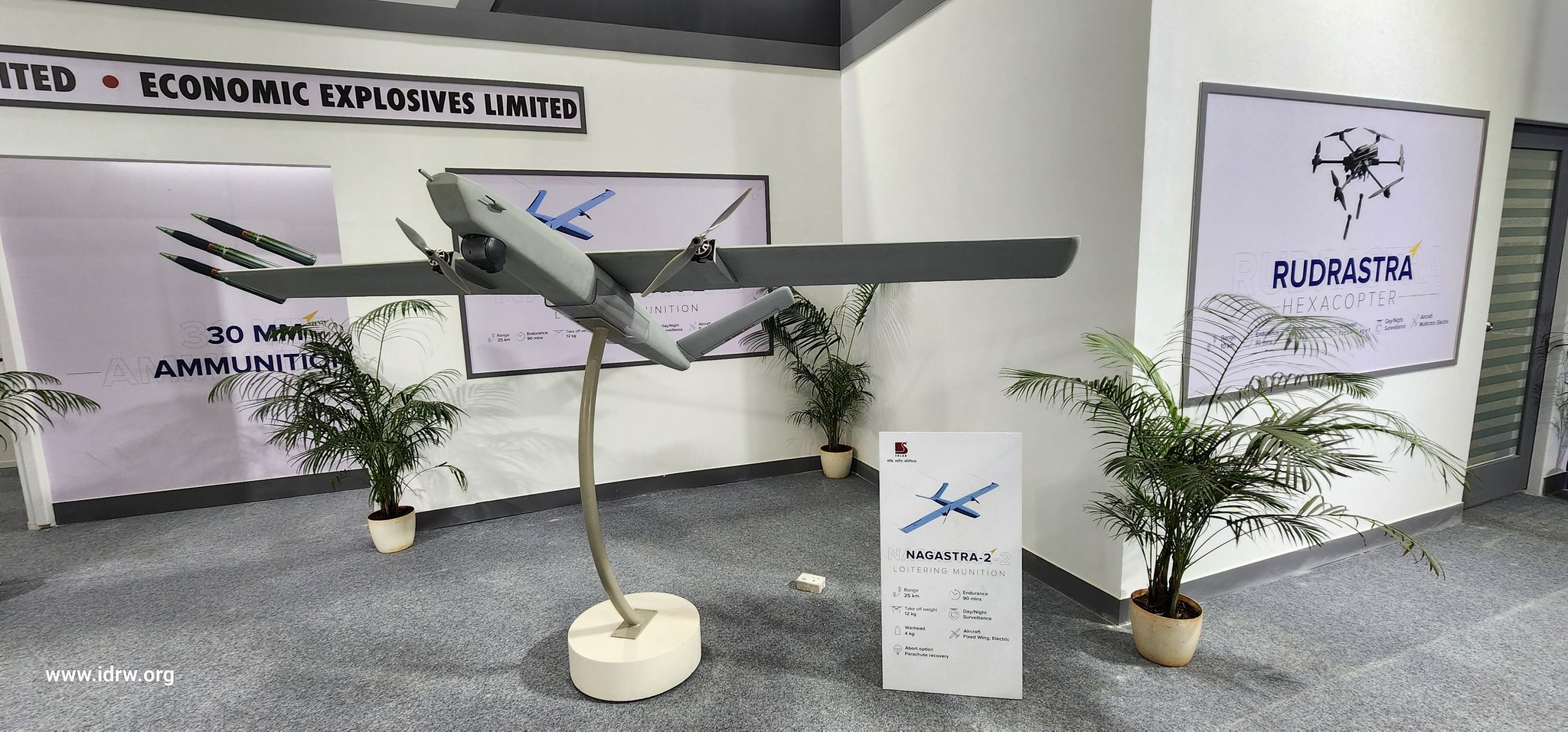

Solar Industries, a Nagpur-based defence company, is on a roll. After successfully delivering its Nagastra-1 loitering munition to the Indian Army, the company now sets its sights on the Nagastra-2, its next-generation loitering weapon system.
Nagastra-1 emerged victorious in a competitive selection process, surpassing entries from Polish and Israeli firms. This win not only signifies Solar Industries’ technological prowess but also strengthens India’s domestic defence capabilities.
Continue readingSOURCE: RAUNAK KUNDE / NEWS BEAT / IDRW.ORG
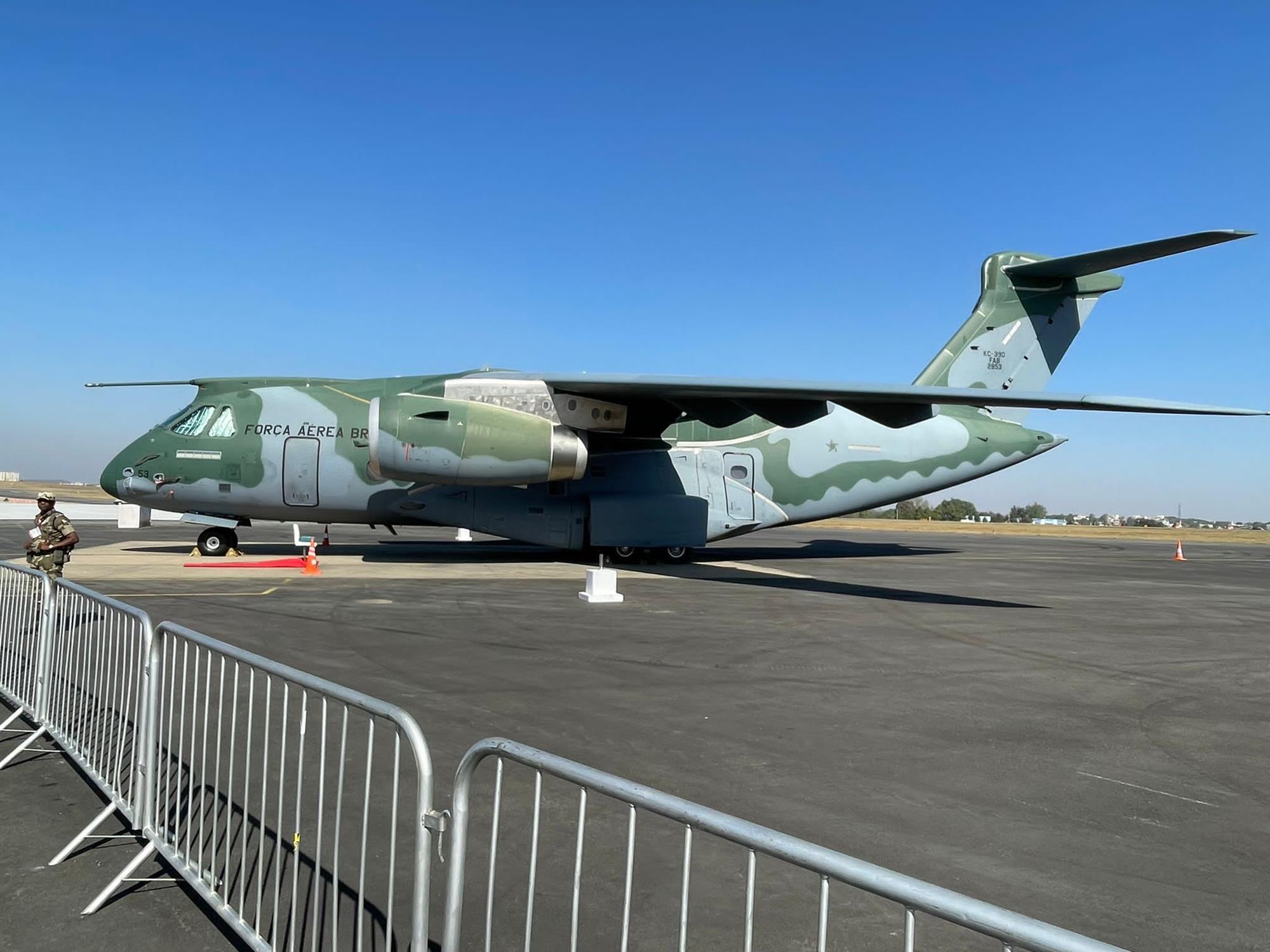

The Indian Air Force’s (IAF) hunt for a new Medium Transport Aircraft (MTA) has taken a turn, with initial estimates suggesting the Embraer C-390 Millennium might hold a cost advantage over its primary competitor, the Lockheed Martin C-130J Hercules.
According to sources, Embraer’s proposal includes the C-390 aircraft along with a Technology Transfer (ToT) package for local manufacturing, with a unit cost estimated between $140-160 million. This price range appears slightly lower than what the IAF might expect for the C-130J Hercules.
Continue readingSOURCE: RAUNAK KUNDE / NEWS BEAT / IDRW.ORG
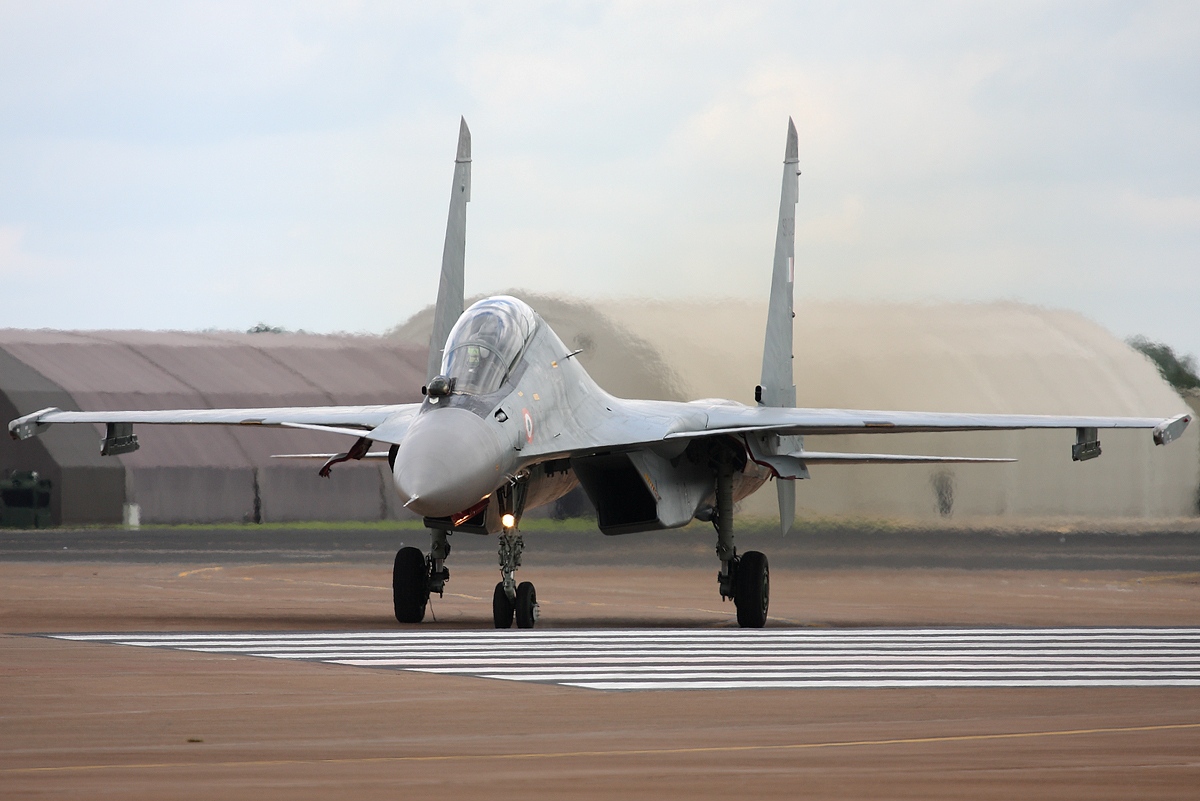

Hindustan Aeronautics Limited (HAL) and Bharat Electronics Limited (BEL), the Indian defence giants behind the long-range dual-band infrared search and track (IRST) system for Su-30 MKI fighter jets, are gearing up for crucial trials later in 2024. This indigenous IRST system marks a significant step towards self-reliance in critical defence equipment for the Indian Air Force (IAF).
The IAF plans to equip 84 of its upgraded Su-30MKI aircraft, designated as Super-30 MKI, with this new IRST system. These upgraded jets will undergo a local transformation process led by HAL. Currently, these aircraft rely on Russian-origin IRSTs.
Continue readingSOURCE: RAUNAK KUNDE / NEWS BEAT / IDRW.ORG
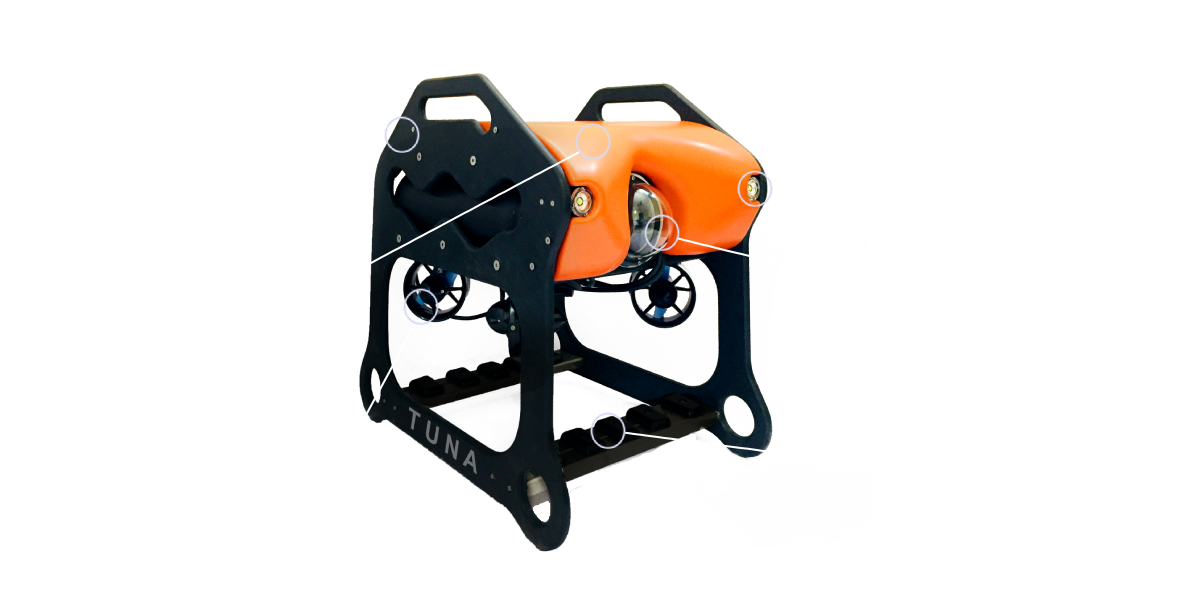

EyeROV, a rising star in India’s marine robotics scene, has delivered its EyeROV TUNA observation ROV to Saudi Arabia. This marks a significant development for the company and showcases the capabilities of Indian innovation on the global stage.
The EyeROV TUNA is designed for underwater observation tasks, reaching depths of up to 100 meters and delivering live, high-definition video feeds. Its dual HD cameras provide operators with a clear and comprehensive view in real time, allowing for efficient underwater inspections.
Continue readingSOURCE: RAUNAK KUNDE / NEWS BEAT / IDRW.ORG
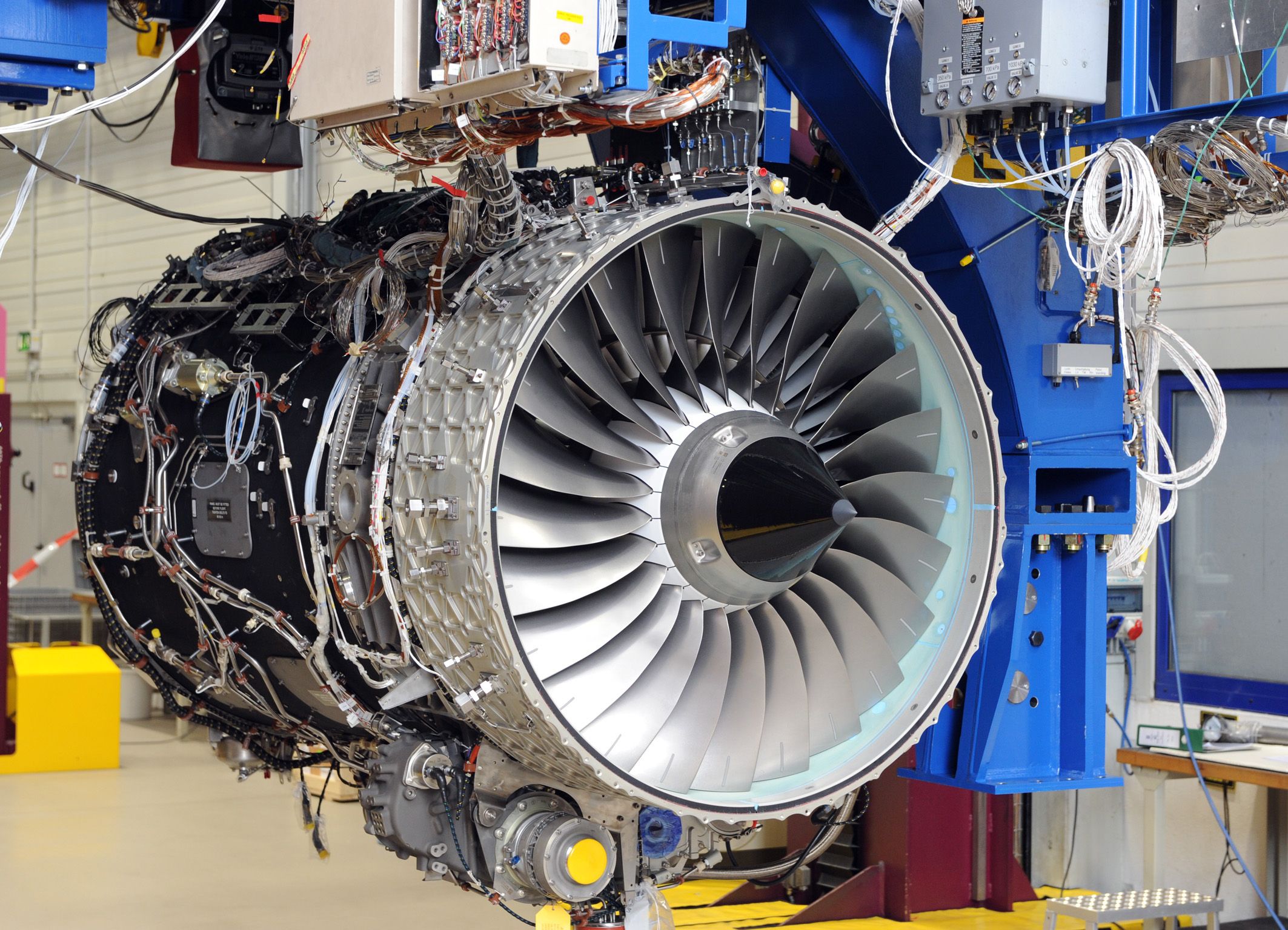

The Gas Turbine Research Establishment (GTRE) is inviting bids for the procurement of an Engine Performance Measurement and Monitoring System (PMMS) for its Mobile Test Facility (MTF). This system will be used to evaluate the performance of various gas turbine engines under real-world operating conditions.
The PMMS is expected to be a comprehensive and integrated system capable of acquiring, recording, and analyzing various engine performance parameters.
Continue reading